Preparations and Roles
A lot of things go into the preparations for the ceremony. My grandpa and parents had to find a Shaman who will perform the ceremony along with others who will assist him. They talk about the price they require and a run down on the ceremony—what animals and how many will be needed, roles of people, how much ceremonial money to be made, etc.
It’s a male-dominant culture, so the men deal with everything pertaining to the ceremony. They make the money needed for the ceremony by either folding it, stamping metal bars into them to create five circles or spreading ink on it.
There is a designated area in the house for the ceremony. That area is set up by men, and only they are allowed to touch it. The pictures on the wall indicate all of the spirits that will be assisting with the ceremony. The Shaman is wearing the costume so that he is recognized by the spirits and so they know where to go. Only large ceremonies require these costumes.
The roles of the women are pretty simple; cook and cater to the men. We go to the store and buy food needed for the ceremony, cook the meals, set up the table for meals (men always eat before women), warm up and refill dishes on the table when needed, bring the men drinks, and anything else they may need.
The children of the deceased are required to wear white on their heads for the entire ceremony and for a month following. In the Mien culture, children are to not wear any white on their heads until a parent has passed away.
Aside from the Shaman, roles were delegated to about 7 other men and one woman. Most of the 7 men were also Shamans, but their roles are smaller than the main Shaman. They are there to assist him—either with music (banging cymbals, drums or blowing a horn), joining him on the chants or give the family specific directions when needed. Aside from assisting the Shaman, each man had a specific role that helped with facilitating the ceremony. There is one person who is appointed to cook the no-oil meals (the woman, of course) for the family. Being a Shaman himself, I noticed my grandfather assisting a lot with the other men, but I think he was mostly keeping busy.
3 Days of Ceremonies
All of the ceremonies are set up the same way, the sacrificed animal, five empty small cups in a line, a small cup filled with water next to a stand for the incense, a small kettle with rice wine—or clear alcohol of some sort (used to pour into the five empty cups), and a variety of tools. The liquid on the tables are an offering for the spirits who come.
We started the first ceremony on Saturday at 4:00 a.m., four days after my grandma passed away. We had to find a good day in the Book for the ceremony and for the burial. In the 72 hours of the ceremony, there are many different ceremonies that are performed with two levels set up; one on the floor and one on the table. The higher one is for the already deceased ancestors (I think they were my great grandparents) and lower one is my grandma’s. The 72 hours are dedicated to bringing her spirit up to their level.
Burning of Ceremonial Money
Burning of money ceremony is the most significant one and requires the most participation from the family. This ceremony can be done either three or five times in the 72 hours, but the decision relies on the Shaman. My family did this ceremony three times. This ceremony gives my grandmother wealth in the afterlife, so the more money burned, the wealthier she will be.
Those who are in the “family” are the children of my great grandfather. Although some may be children of my great grandfather, it doesn’t necessarily mean all of them. If they are married into another family or have converted into another religion, they are not considered of the same “family” as us, so they will not participate in the ceremonies.
There are two ways in which the rice is thrown during this ceremony: the Shaman throws it, or the family members throw it. If the Shaman is throwing it, it falls into the family’s shirt and the family members who catch the rice are to cook it and eat it. If the family throws it, it is thrown into the pile with the money. It is burned and considered food for the deceased.
When my family was called for this ceremony, we were asked to sit on the floor to collect rice and burn ceremonial money for my grandmother. The third time, family members who are of the same “family” are welcomed to join—as we bathe my grandmother in wealth for her afterlife. Also, after the third ceremony, we will no longer hear from my grandma. The dreams will stop, lights flickering will stop, and things knocking over in the house will stop as well. They did.
As we laid out the ceremonial money, we also threw rice into the pile, we were asked to say things like “grandma, use this money to buy good food to eat and nice clothes to wear.” Having just lost our grandmother, talking to her during the first ceremony was just too hard. A few times after the ceremony finished, we were asked to eat a few grains of the raw rice from our shirts. By doing this, we are “sharing” the same meal with my grandma.
Before this ceremony starts, it is believed that the deceased doesn’t know that they have passed away. The first of this ceremony is when my grandma will see her children with white on their heads, and only then, will she know that she has passed away. After the month is finished, a simple ceremony is performed for the cloth. It’s basically an okay from the spirits for the children to take off and burn the cloth.
During this ceremony, the boys of the family hold a leafy bamboo to show their respect to their mom. Should the deceased not have any boys, the boy married to the daughter would be asked to hold this bamboo.
Masking the Spirits
The second of the three days require the largest ceremonies, so a lot spirits were expected to visit the house, good and bad. There is a ceremony to mask everyone from the spirits. Should you miss it, you were asked to wear a red cloth bracelet to mask your spirit. It’s to ensure that your spirit stays with you and doesn’t stray from your body. It is believed that sickness will follow after a spirit leaves a body and the only way to get it back is with a ceremony.
Bathing my Grandmother and Ancestors
There were two parts to this ceremony and it required two people. I bathed my grandmother, while my uncle bathed the ancestors. What my uncle and I did was, with a stack of ceremonial money, randomly dip about an inch of it into water and “wash” them by softly moving it over them—them being cardboard cut outs. Both of which were once again, at two different levels.
After bathing them, we were both given a handful of pennies and individually dropped them into the water–this is the same water we dipped the ceremonial money in. From what I could understand from the traditional chant, it seemed like my they were relieving my grandma of any bad karma so she goes into the afterlife pure.
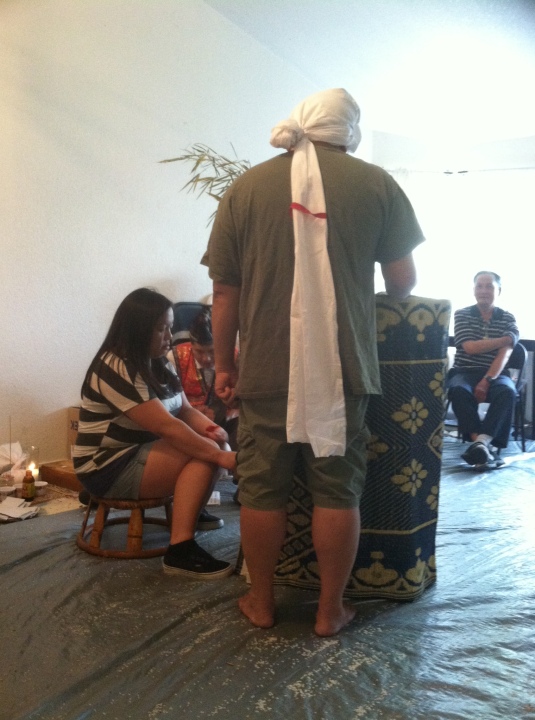
My uncle and I during the bathing ceremony. The first part, I was on the chair but when they started the second part of this ceremony, the chair was taken from me.
The Day of the Burial
The day of the burial was extremely hectic—ceremony upon ceremony was being performed. All of the members of the “family” were called to have our spirits masked for when we go to the burial. After we were finished, people of different families were called upon to do the same, and one more performed for late arrivals.
After that ceremony, the family was asked to feed my grandmother. I had to start this ceremony since I bathed my grandma the day before. On the left side of the mat laid cut up raw chicken, and above it was a pile of cooked rice. The left side of the mat is food for the living people (the sunrise) and the deceased are at the right (the sunset). The purpose of this ceremony is for my family to enjoy our last meal with my grandma. We were all to spoon a little bit of rice and chicken to the right side of the mat. As we did this, we identified ourselves and told her that we can no longer share meals with her, and that this was the last one. Pushing the food to the right is our way of telling her to go toward the darkness (sunset) for future meals. After this ceremony, the spoon is to be thrown out.
There is a ceremony where everyone has to be quiet in the entire house, in the front yard and the backyard. Being quiet during this ceremony hides our spirit. During this time, the Shaman is communicating with the spirits in the house, and we don’t want them to see us.
Large ceremonies such as funerals, attract a lot of wandering spirits who don’t have families to give them offerings each year and burn money for them. Following the quiet ceremony, the Shamans enter each room of the house to ward off those spirits so they don’t come back, my grandmother included. During this ceremony, nobody is to enter or exit the house.
The next ceremony, the Shamans put their fingers up on their heads to imitate deer antlers. During this time, a white cloth is used as a bridge to send my grandma’s spirit to the other side. The white cloth is so her spirit can go to the other side purely.
The Burial
We didn’t have a viewing for my grandma in the funeral home, so we went directly to the cemetery. The Shaman is to be the first to leave the house, arrive at the cemetery first, and be the last to leave. On the way back, he would ask the driver to make random turns, do small ceremonies and draw imaginary lines to cover our tracks so the spirits can’t follow those who were at the cemetery, home.
When we first arrived to the cemetery, we were able to see my grandma for one last time, but we had to make sure that our shadow didn’t touch the area where she is being buried. It is believed that if your shadow goes into the grave, your spirit will go in with it. If your spirit leaves your body, sickness will follow.
Bowing from the children is an important part of the burial, but not so much in America. In Laos, the Shamans are the ones who bury the deceased and children of the deceased are to bow at the grave to thank them for their help—this is to happen multiple times. Since those working at the funeral homes take care of the burial, bows were at a minimum.
Before burying my grandmother, my dad, the oldest son, is to put the white cloth used during the deer antler ceremony, into the coffin to prevent spirits from entering the coffin. The Shaman performs a small ceremony with ink and a white string on the cast. He dips a string in ink and stretches it over the cast three times. After this ceremony is finished, spirits including my grandmother’s, is locked out of the coffin.
Ceremonies are finished. My grandma is lowered into the ground.
During this time, the family is to turn away and not look. We stand and watch as they bury my grandma. Once she is in the ground and we walk away, we are to not look back towards her grave–this will happen each time we visit her grave in the future.
When we arrive back at the house, everyone who was at the burial is required to wash their hands before entering the house.
After the Burial
A few more ceremonies are performed after the burial. The Shaman tells the spirits who have come to assist with the ceremonies that my grandma has been buried and has moved onto the afterlife. More money is burned, but this time, it is payment for the spirits who have helped us.
Another ceremony is performed for the children of the deceased. It is to tell the spirits that the children have stayed pure all three days. Following this ceremony, they are allowed to eat meat and oil again.
For a month following the burial, a table is set up for my grandma to eat twice a day; once in the morning and once in the evening. The family is to feed her for this period of time so she doesn’t starve as she’s settling into the afterlife. The night after the burial is the first time this meal was set up. This is on the wall near our dinner table, but on a higher level, since my grandma’s spirit has moved to the other side.

The table had a very specific set up. It is very important that when the ashes fall from the incense, it doesn’t fall into the food. Every time this table is set up, that has to be taken into consideration. The pair of chop sticks standing straight in the rice indicate death. The cut out is of my grandma. The meal had to have rice, a main dish and something to drink. My grandma loved Coors Light with her dinner, so that was a must.
The Shaman thanks everyone for their help and tells my family the cost of each person’s labor and why it was that amount. My sister sat on the side and wrote the numbers down to ensure accuracy, and everyone was paid before leaving the house. There are so many rules, roles and so much money that goes into a funeral–it was overwhelming. I never realized it until I experienced it firsthand.
My Grandma—Ah Guv
My grandma lived such a tough life, but managed the best grandma one could ask for. Anyone who knew her would agree. She devoted everything she had to her children, grandchildren and great grandchildren. To survive, along with the rest of the family, she left everything she knew in the mountains of Laos and moved to the unknown land of America after the Vietnam War. She missed being in Laos and longed to go back, but never had the opportunity to.
Both of my parents worked hard to provide for the family while my grandma ran the house. To deal with all six grandchildren required an extremely patient woman. She cooked, cleaned, and raised me and my siblings. I remember lying on her lap as a small child, as she taught me how to count in Mien. I remember her pulling out my loose tooth. I remember her teaching me how to cook, clean and do laundry. Even after her death, she managed to teach me things about my own culture that I never knew. It’s going to be so strange to go home and not see my grandma’s welcoming smile as she’s sitting in the living room. My grandma was such an amazing woman and she will truly be missed
F*ck cancer.
Rest in peace, Grandma.
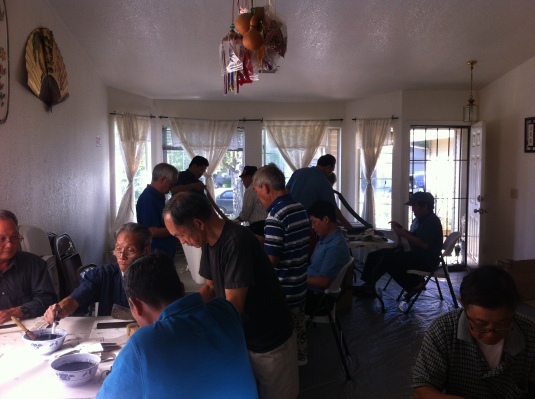


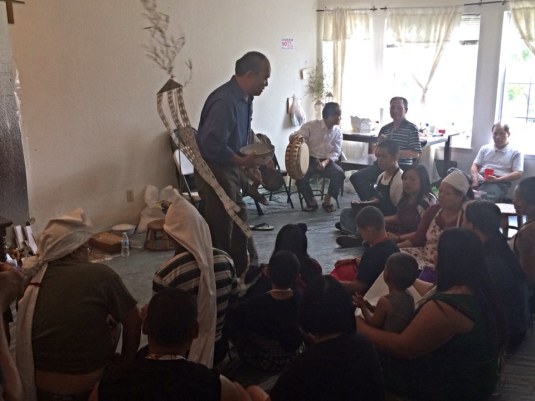
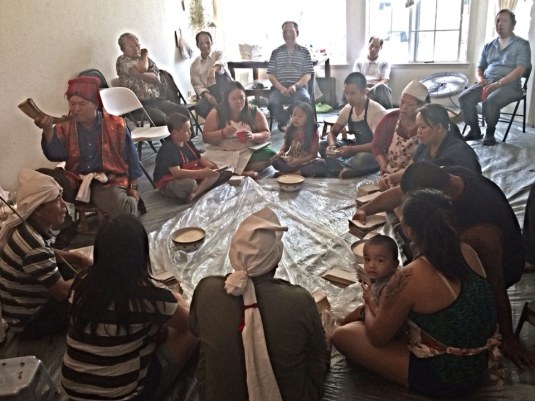
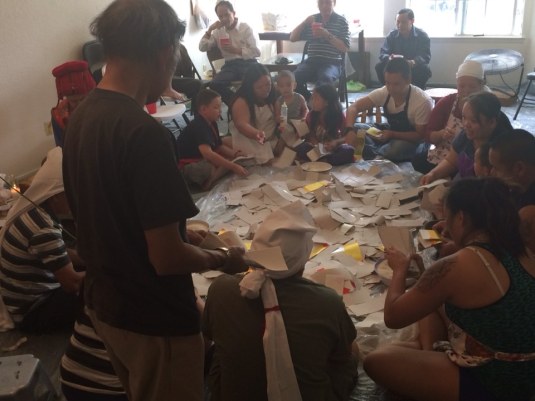
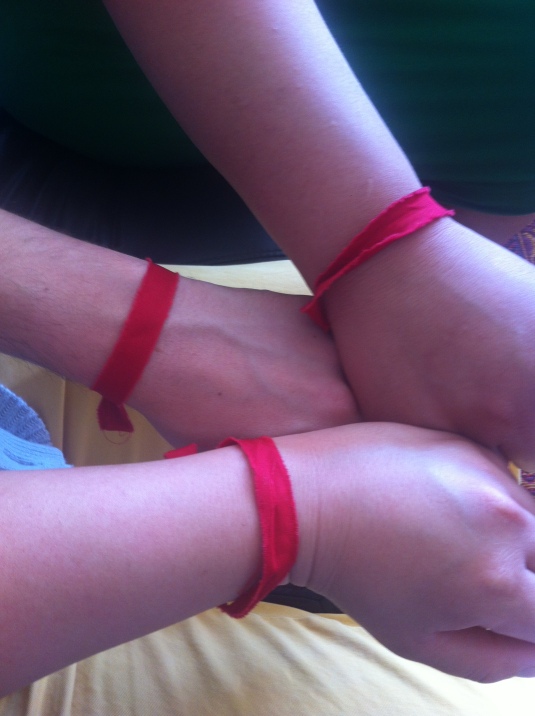
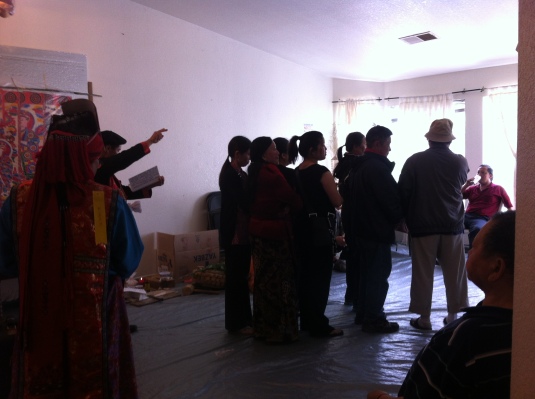
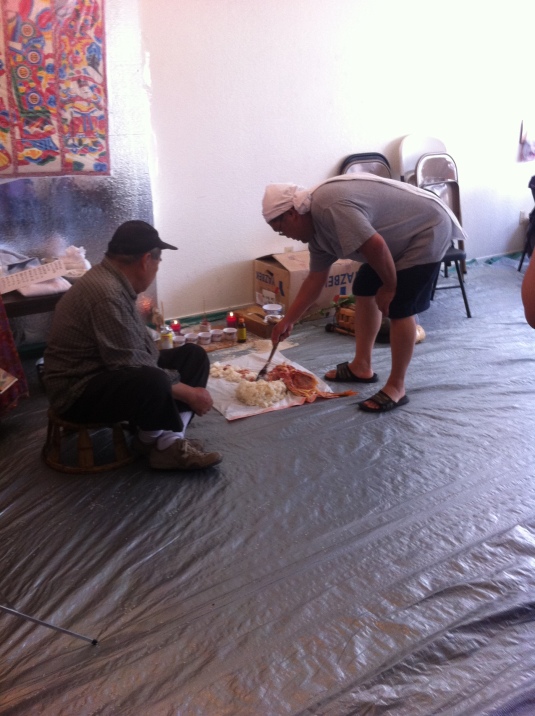
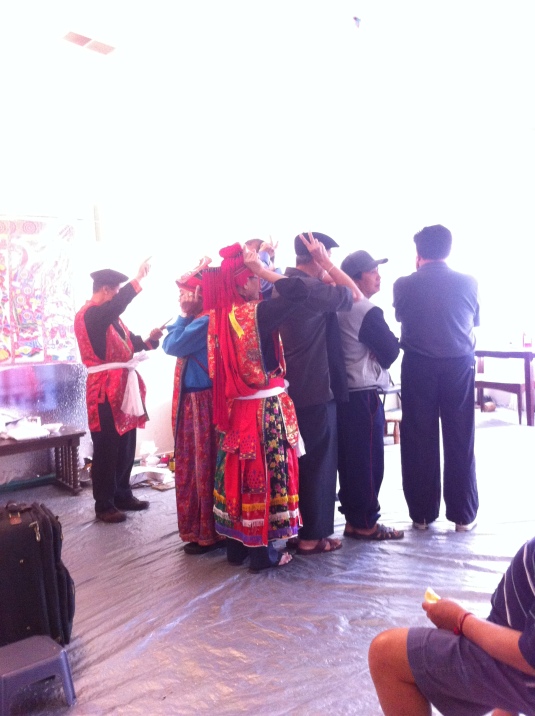
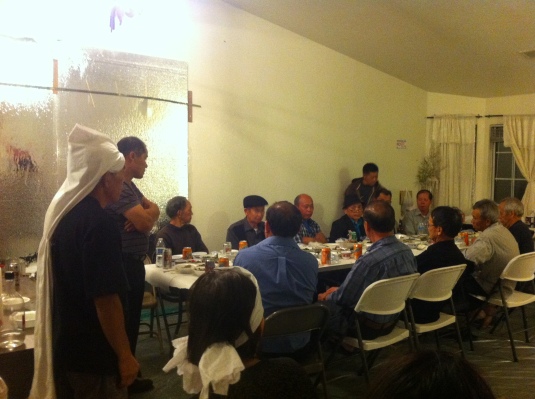
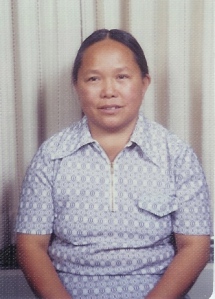
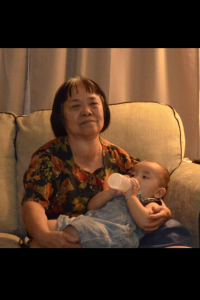
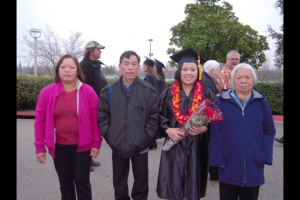
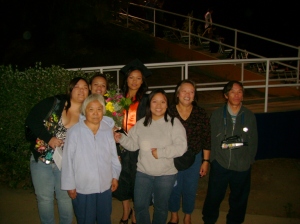

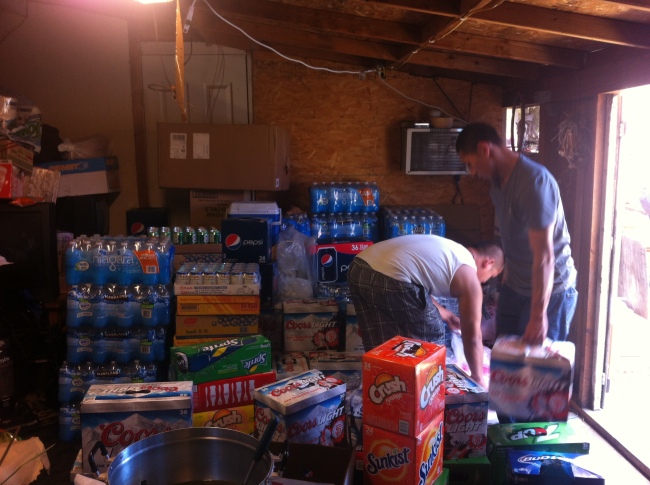
Recent Comments